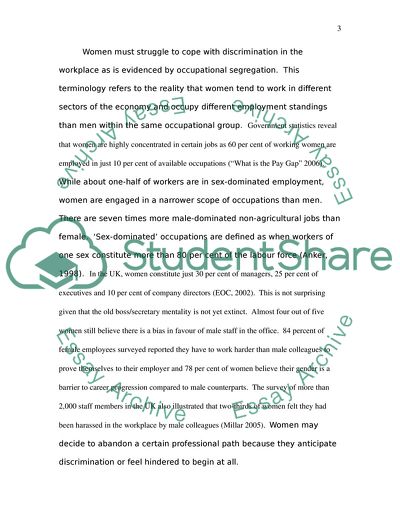Cite this document
(Will There Ever Be Real Equality Between The Sexes In The Workplace Case Study - 1, n.d.)
Will There Ever Be Real Equality Between The Sexes In The Workplace Case Study - 1. Retrieved from https://studentshare.org/gender-sexual-studies/1729335-employment-and-society
Will There Ever Be Real Equality Between The Sexes In The Workplace Case Study - 1. Retrieved from https://studentshare.org/gender-sexual-studies/1729335-employment-and-society
(Will There Ever Be Real Equality Between The Sexes In The Workplace Case Study - 1)
Will There Ever Be Real Equality Between The Sexes In The Workplace Case Study - 1. https://studentshare.org/gender-sexual-studies/1729335-employment-and-society.
Will There Ever Be Real Equality Between The Sexes In The Workplace Case Study - 1. https://studentshare.org/gender-sexual-studies/1729335-employment-and-society.
“Will There Ever Be Real Equality Between The Sexes In The Workplace Case Study - 1”. https://studentshare.org/gender-sexual-studies/1729335-employment-and-society.


